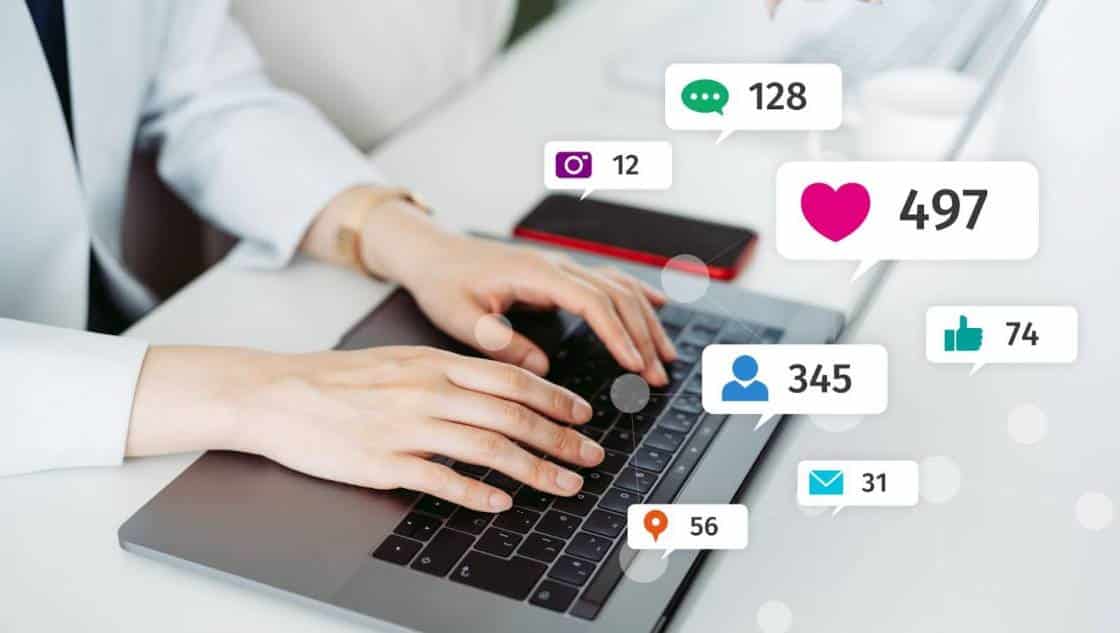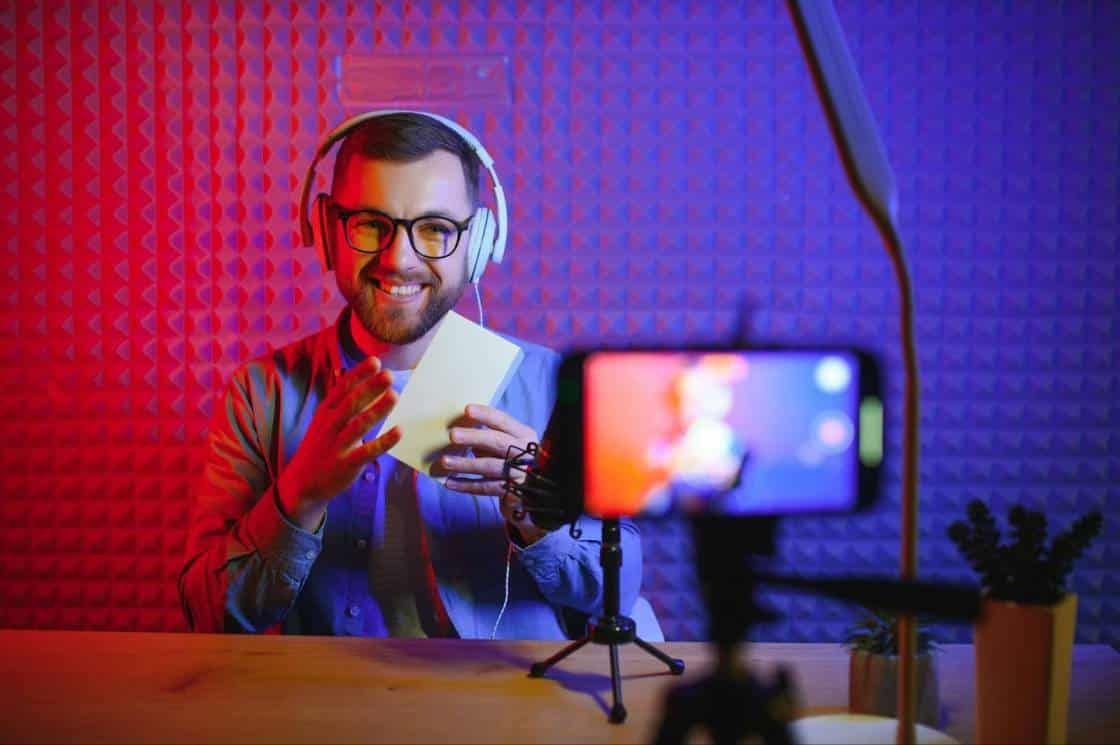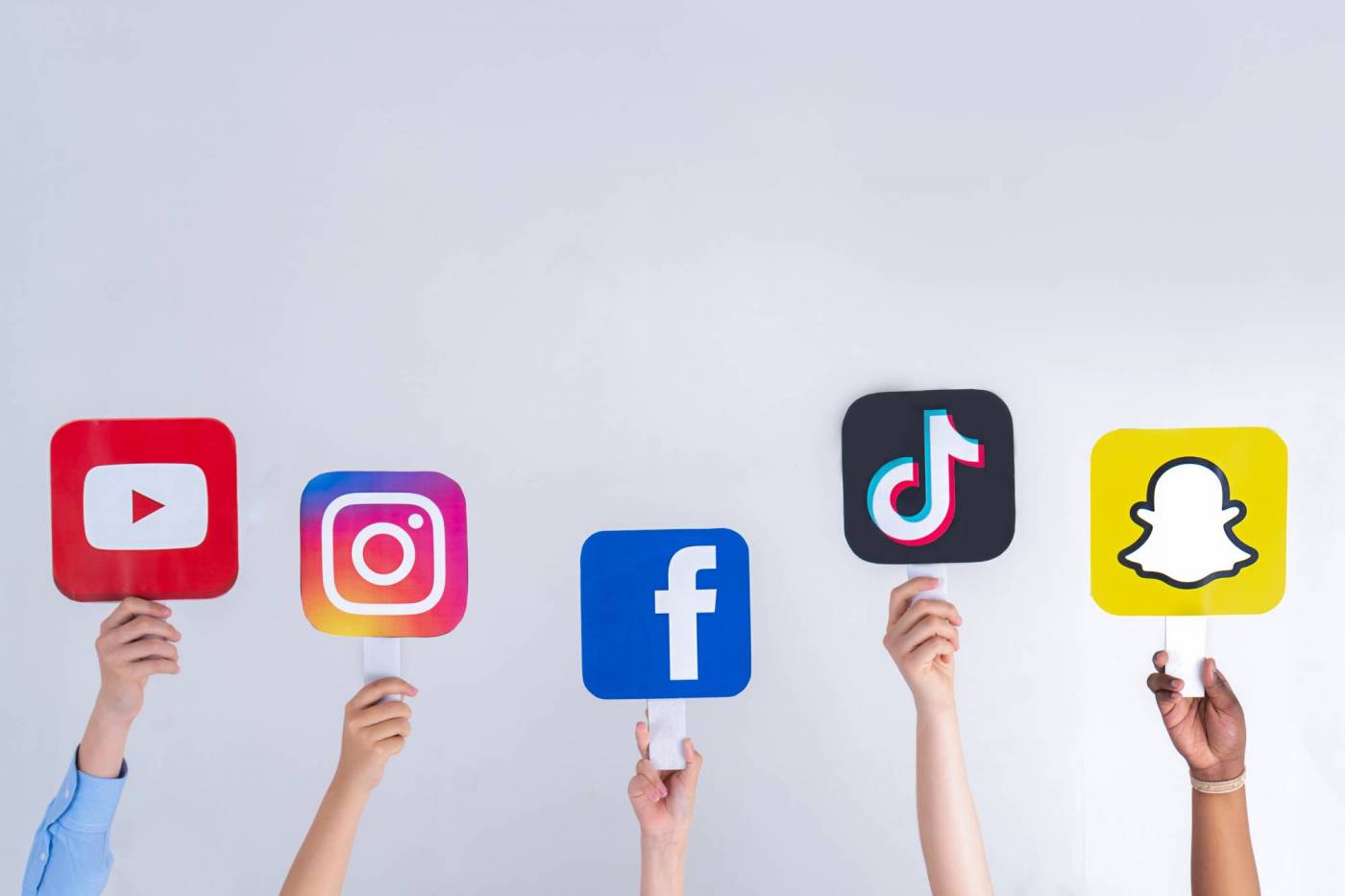
Have you been toying with the idea of partnering with an influencer for brand publicity? You’re probably a little worried about selecting the right one, and we get why.
It’s estimated that up to 58% of mega-influencers and celebrities in 2023 were involved in fraudulent activities to inflate their engagement and follower figures (Statista). When you’re looking for a partner, it’s hard to know who is bulking up their numbers with fake followers and bots.
Fortunately, our team at Get Hyped does this every day. As an experienced influencer marketing agency, we can spot a wannabe a mile away. Our job is to make sure you don’t waste your budget on someone who looks great on paper but won’t actually make an impact.
In today’s blog, we want to share some of our tips. Here’s how to check fake followers and separate fraudulent influencers from the real deal.
Table of Contents
1. Engagement Rate: The First Reality Check
A massive follower count means nothing without meaningful interactions. Engagement rate is where the truth comes out in real numbers.
To calculate an influencer’s authentic engagement rate, divide total interactions (likes, comments, shares) by total followers, then multiply by 100. This rate is the key metric that separates real influence from vanity metrics.
So, what’s a solid engagement rate on some of the biggest social media platforms?
- Instagram Influencers: 3-6% is solid, and over 6% is elite.
- TikTok Influencers: 4-18% is common for legit accounts.
- YouTube Influencers: 2-6% is respectable.
All in all, if someone has 500K Instagram followers but barely scrapes together a handful of generic comments, something’s off. We only recommend working with influencers who fall somewhere close to the ranges above.
2. Comment Section: Real or Robotic?
Comments should feel like an actual conversation, not a spam bot party.
No one can pinpoint the precise number of bots and fake profiles on social media. However, some estimates ballpark they make up at least 50% of social media conversations (Cyabra).
Common robot red flags in comment sections include:
- Generic comments like “🔥🔥🔥” or “Love this!”
- Identical comments across multiple posts
- Followers who don’t seem to know or care about the content
We hate to see these warning signs, and they generally steer us away from working with an influencer. Authentic, genuine influencers have followers who ask real questions, reference past posts, and do more than smash emoji buttons.
3. Follower Growth: Steady vs. Suspicious Spikes
Organic growth is gradual. If an influencer suddenly gains thousands of followers overnight with no viral content, they likely bought them. If it seems too good to be true… Well, you know what they say.
Tools like Social Blade track historical growth and can help you watch for unnatural jumps in follower growth. Generally, we advise clients only to work with genuine influencers who seem to have a realistic trajectory of success.
4. Target Audience Demographics: Do They Align?
If an influencer’s content is in English, but their audience is 80% from countries where English isn’t widely spoken, that should concern you. This mismatch can indicate fake or low-quality followers who aren’t genuinely engaging with the content.
Before launching any influencer campaign, we always assess:
- Follower locations—should match the target market.
- Age and interests—should make sense based on the content.
- Authenticity scores—use analytics tools to spot fake patterns.
A deep dive into these factors helps confirm that an influencer’s audience isn’t just large, but actually relevant and engaged.
5. Bot Check: Sniff Out the Fake Followers
Fake followers can kill ROI in social media marketing, so you want to spot them before entering any influencer partnerships. Fake accounts don’t engage, don’t buy products, and don’t contribute to brand growth.
Instead of taking their follower count at face value, delve further to spot fake followers. Be especially cautious of:
- Profiles with no pictures or posts.
- Weird usernames (e.g., “jh2982kx”).
- Engagement from accounts with no activity.
Fake accounts don’t drive results, and working with an influencer who relies on them is a waste of time and money. Always vet an influencer’s audience before investing in a collaboration.
6. Content Quality: Are They Actually Creating?
A true influencer isn’t just someone with a large follower count—they’re a content creator with a strong personal brand and an engaged audience. You want to see them consistently making and putting content out there.
But how can you tell if their content is valuable? Signs of authenticity include
- Consistent branding—Is their visual style unique?
- High-quality production—Crisp images, well-edited videos.
- Authentic storytelling—Do they actually share insights or just sell?
- Follower engagement—Do they reply to comments and DMs?
At the end of the day, spotting fake followers is only part of the equation—you also need to assess whether an influencer’s content is valuable, engaging, and aligned with your brand. If their content doesn’t connect with real people, their reach is meaningless.
7. Brand Partnerships: Real or Fabricated?
Authentic influencers collaborate with brands, and those partnerships should be visible. Therefore, you should be concerned if you see…
- No history of tagged brand posts or sponsored content.
- Random, inconsistent partnerships that don’t match their niche.
- Lack of proper #ad or #sponsored disclosures.
If an influencer claims they’ve worked with top brands but you can’t find proof, that’s a problem. Authentic influencer marketing is open and obvious.
8. Use Verification Tools: Data Never Lies
Follower counts and engagement rates can be misleading, but data-driven verification tools cut through the noise. Instead of relying solely on surface-level metrics, we often use social media marketing analytics tools to get a deeper look into an influencer’s true reach and authenticity.
To make your job easier, you can use fake follower checker tools such as:
- HypeAuditor—Breaks down engagement, audience quality, and authenticity.
- Social Blade—Tracks follower trends and suspicious activity.
- IG Audit—Estimates fake follower percentages.
- Followerwonk—Deep dives into Twitter analytics.
- Upfluence—A powerful influencer discovery and analytics tool.
Combining these tools can help you verify whether a social media account has real influence or artificially inflated numbers. You can also cross-check multiple data points to confirm you’re making an informed decision.
9. Trust Your Gut and Do Your Homework
Numbers can be manipulated, but instincts are harder to fool. If something feels off—maybe their target audience doesn’t match their content, or their engagement looks forced—dig deeper.
Reach out to brands they’ve worked with and see what they say. Were they easy to work with? Did they deliver real results? Also, look for past media mentions, case studies, or reviews from other businesses.
A little extra research can save you from investing in the wrong influencer marketing partnership and help you find the best arrangement.
Ready to Check Fake Follower Stats?
Influencer marketing isn’t about vanity metrics—it’s about real impact. Fake followers and inflated engagement won’t drive real results.
If you take the time to vet influencers properly, you’ll invest in partnerships that actually move the needle, not just look good on paper.
The bottom line: Do your research, know how to identify fake accounts, and never fall for the numbers game. Better yet, let us do the heavy lifting for you!
Work With the Get Hyped Team
Don’t waste your time and budget on influencer marketing with bot followers or fake engagement. The Get Hyped Team will help you avoid the pitfalls of inauthentic partnerships and deliver impactful results.
From vetting influencer performance metrics to making sure their audience matches your target market, we’ve got you covered.
Get started today—contact us and let’s build a marketing strategy that works for you!




